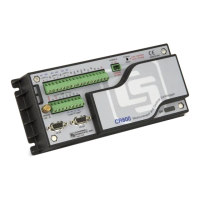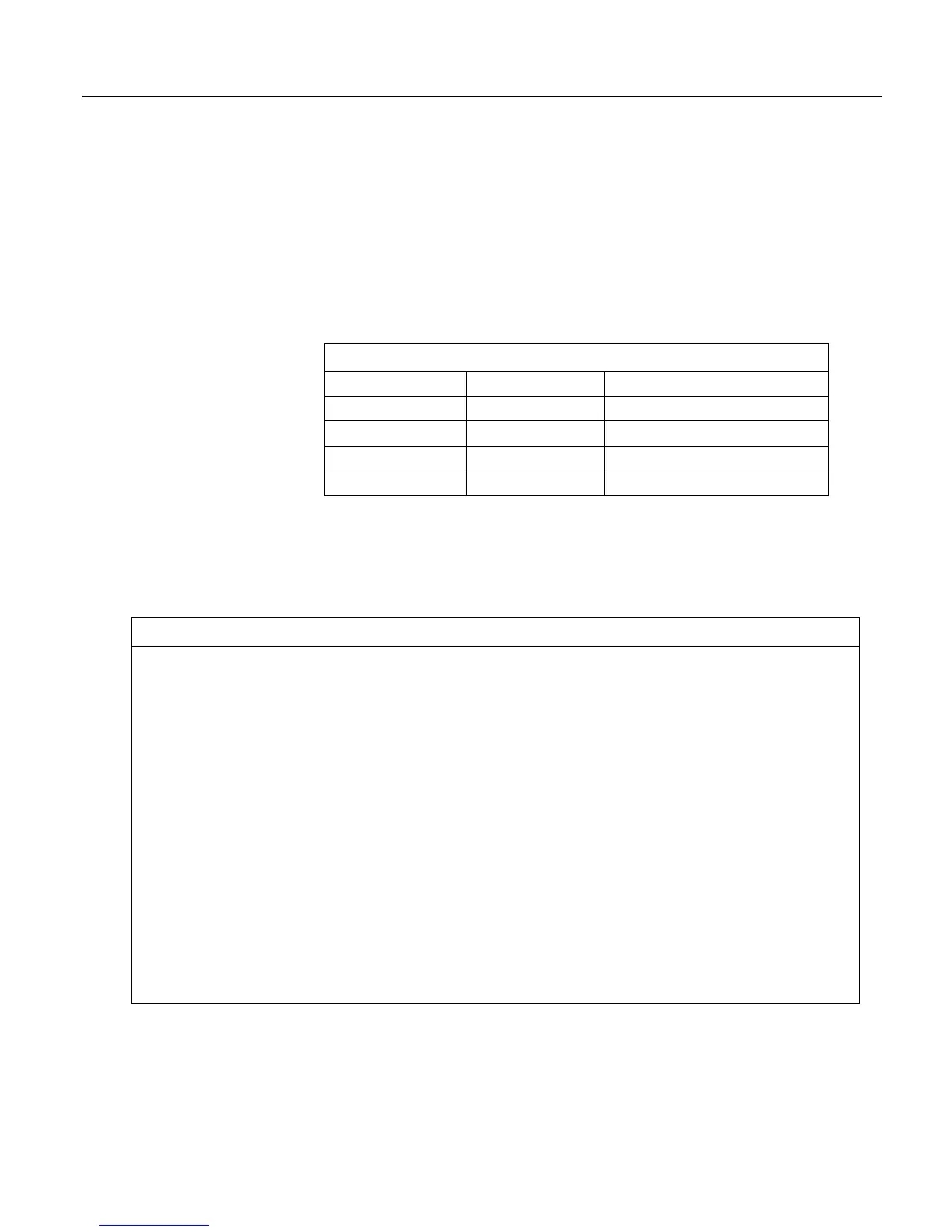Section 7. Installation
112
7.7.3 Syntax
7.7.3.1 Numerical Formats
Four numerical formats are supported by CRBasic. Most common is the use of
base-10 numbers. Scientific notation, binary, and hexadecimal formats may also
be used, as shown in table Formats for Entering Numbers in CRBasic
(p. 112). Only
standard, base-10 notation is supported by Campbell Scientific hardware and
software displays.
Table 8. Formats for Entering Numbers in CRBasic
Format Example Base-10 Equivalent Value
Standard 6.832 6.832
Scientific notation 5.67E-8
5.67X10
-8
Binary &B1101 13
Hexadecimal &HFF 255
Binary format (1 = high, 0 = low) is useful when loading the status of multiple
flags or ports into a single variable, e.g., storing the binary number &B11100000
preserves the status of flags 8 through 1. In this case, flags 1 – 5 are low, 6 – 8 are
high. CRBasic example Load binary information into a variable
(p. 112) shows an
algorithm that loads binary status of flags into a LONG integer variable.
CRBasicExample5. Loadbinaryinformationintoavariable
Public FlagInt As Long
Public Flag(8) As Boolean
Public I
DataTable(FlagOut,True,-1)
Sample(1,FlagInt,UINT2)
EndTable
BeginProg
Scan(1,Sec,3,0)
FlagInt = 0
For I = 1 To 8
If Flag(I) = true Then
FlagInt = FlagInt + 2 ^ (I - 1)
EndIf
Next I
CallTable FlagOut
NextScan
EndProg

